In-between the stations of Cos Cob and Old Greenwich on the New Haven main line, lies the station of Riverside. A journey to Grand Central, approximately 30 miles, takes around an hour. Four tracks run through Riverside, and two platforms run alongside the two outer tracks. On those platforms you can find a few ticket vending machines, a soda machine, a couple newspaper boxes, and a bench or two. One side has a small shelter from the elements, though it looks pretty beat-up and is tagged with graffiti and strewn with trash.
Riverside station itself is not particularly noteworthy – though the bridge that carries traffic over the tracks is one of Connecticut’s historic bridges – and a little bit more interesting.
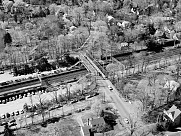 Â
 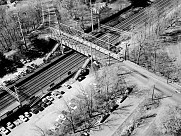 Â
 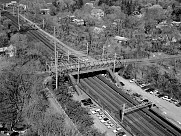 Â
 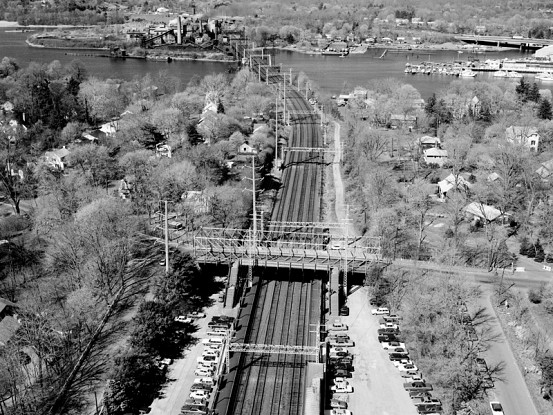
Aerial photographs of Riverside and the bridge in 1977
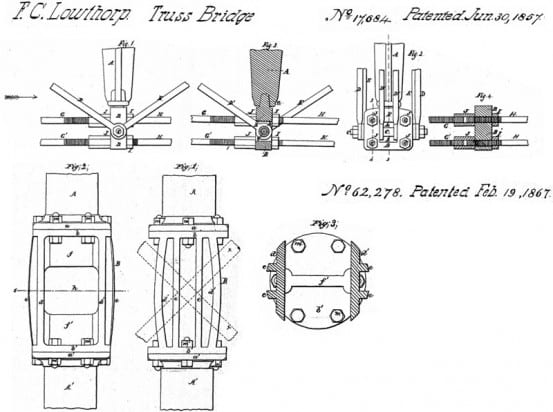
Various sketches of truss bridges, from the patents of bridge engineer Francis Lowthrop
The historic Riverside Avenue bridge is clearly visible to anyone taking the train from or past Riverside station. Not only does it carry traffic over the four railroad tracks, it has two stairwells and an area for pedestrians to cross over to the other side of the platform. Although this bridge was originally constructed in 1871, it did not find its current home until around 1894. Designed by Francis Lowthrop and fabricated by the Keystone Bridge Company, the current span was a portion of a larger railroad bridge over the Housatonic River in Stratford. That bridge was replaced in 1884.
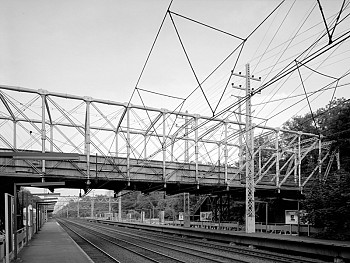 Â
 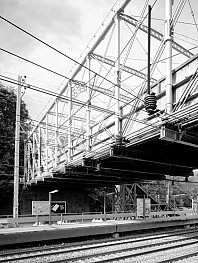 Â
 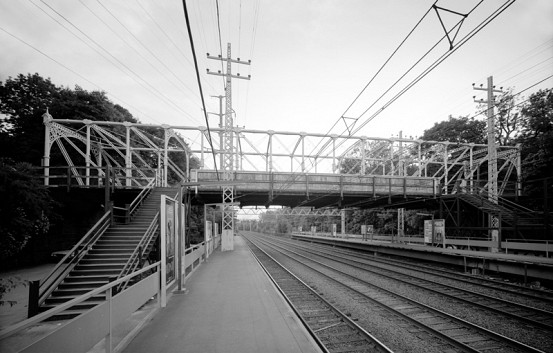 Â
 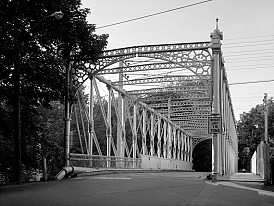 Â
 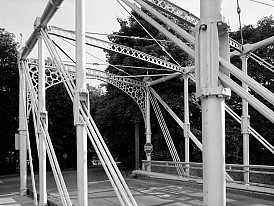
Photos of Riverside and the bridge in 1984
The portion of the Riverside Avenue Bridge that was reconstructed here is smaller than original – the bridge is now 164 feet long and 22 feet wide, and about 20 feet above the tracks. Bridges similar to this one are very rare today, and the Riverside Avenue bridge is the last cast-iron bridge still in use in Connecticut. With the increasing weight of heavy locomotives, many cast-iron bridges were simply replaced due to safety issues, or modified to carry lighter cars instead of trains, which explains their rarity today. By 1986 the safety of this bridge was also being questioned, and parts were deemed unsafe. However, instead of replacing the bridge or restricting it to only pedestrians, a new bridge was built inside the historical bridge. This solution allowed the preservation of the historic bridge without compromising the safety of the drivers that cross it every day.
The Riverside Avenue bridge was added to the National Register of Historic Places in 1977, and is one of roughly 55 bridges on the Register from Connecticut. It is also the oldest railroad bridge listed in Connecticut (though it only carried trains for a short period of its lifetime).


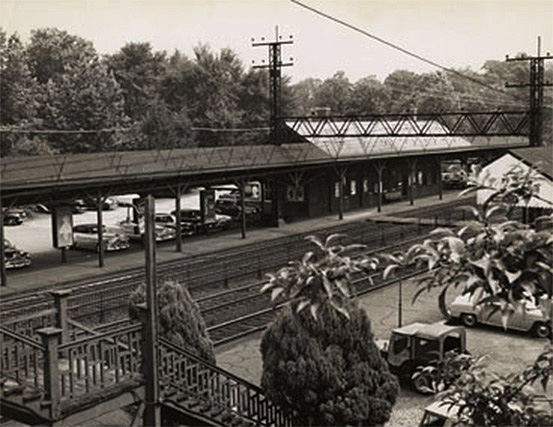
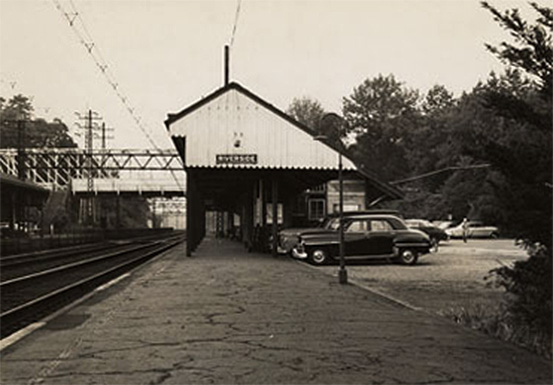
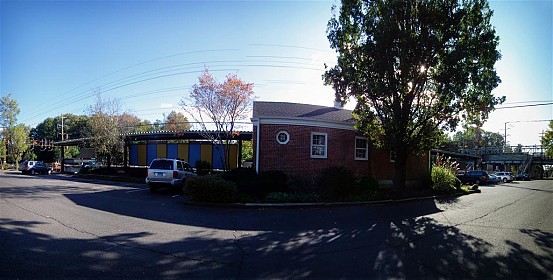
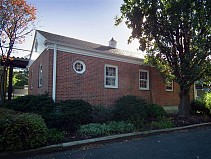
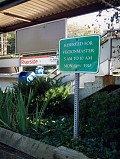
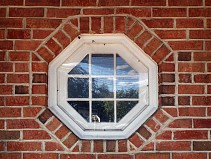
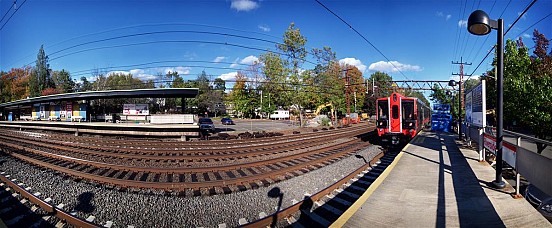
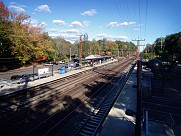
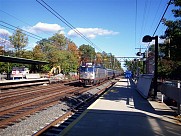
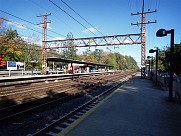
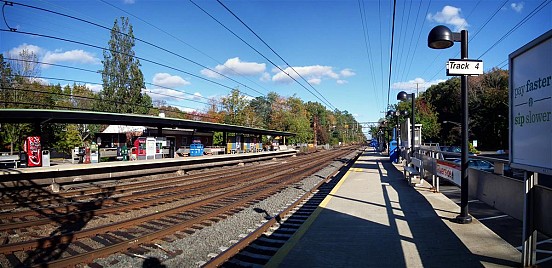
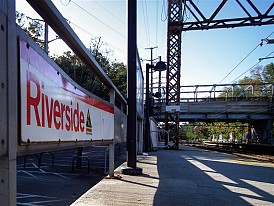
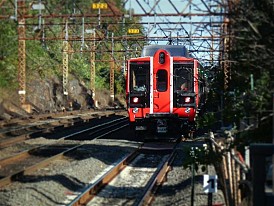
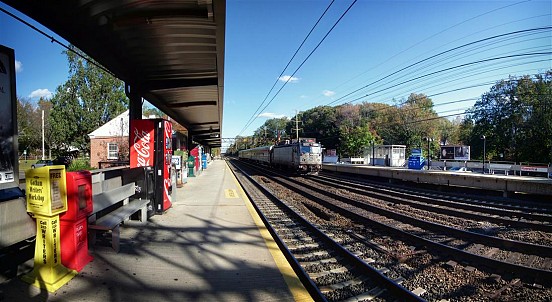
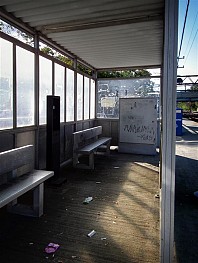
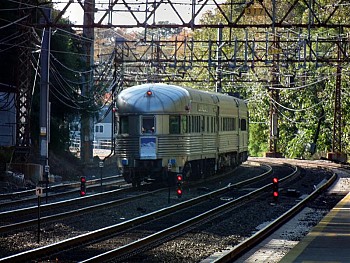
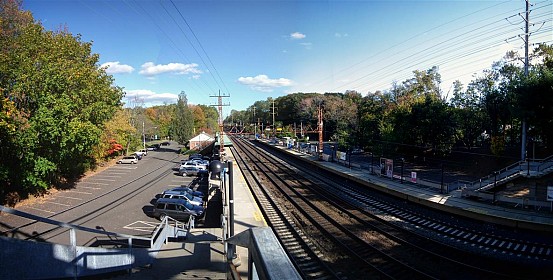
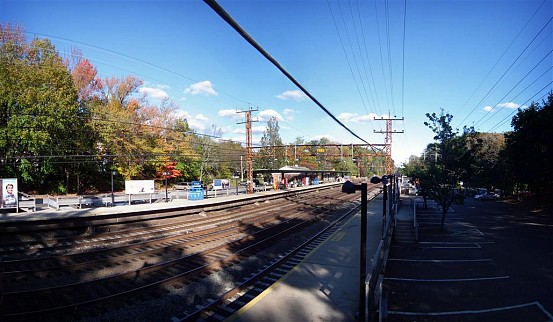
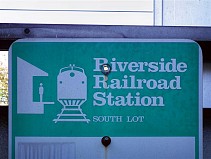

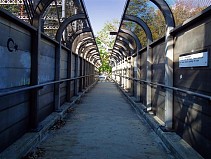
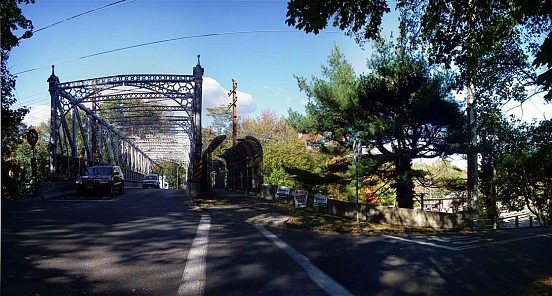
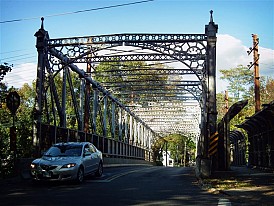
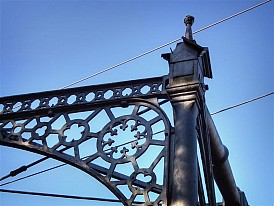
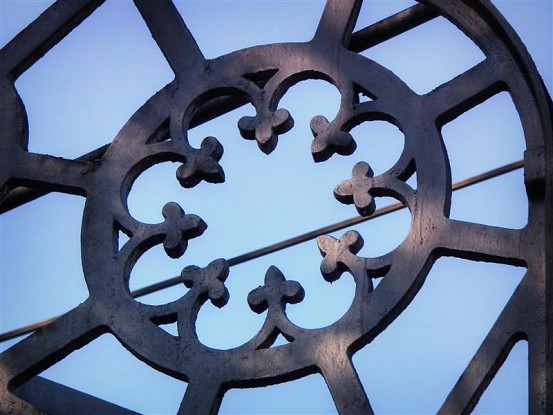
Okay, never mind. Here is an article about it, written October 20th. http://www.marketwire.com/press-release/coors-light-silver-bullet-express-trains-converge-on-new-york-invite-only-concert-1576085.htm I sighted the train on the 22nd.